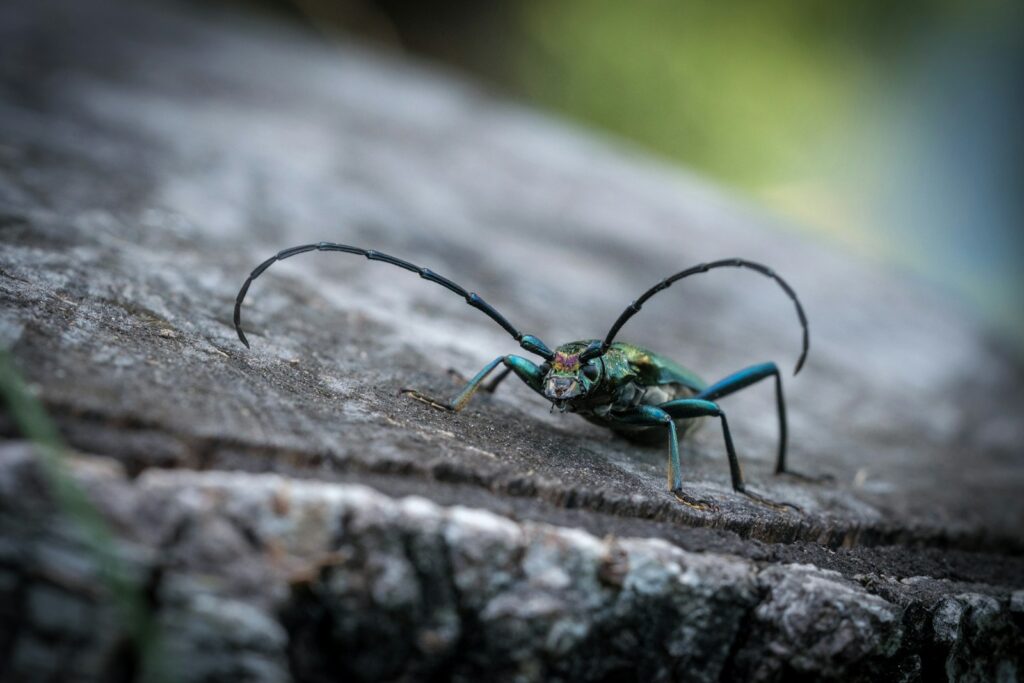Nature has a fascinating way of combining beauty with danger, and perhaps no creature exemplifies this duality better than the jewel beetle. With their dazzling, iridescent exoskeletons that shimmer in hues of emerald, sapphire, and gold, these insects could easily be mistaken for precious gems scattered across forest floors. Yet beneath this breathtaking exterior lies a sophisticated arsenal of defense mechanisms that can prove deadly to predators. These remarkable beetles have evolved over millions of years to perfect their survival strategy: attract attention with beauty, then defend with surprising ferocity. This article explores the captivating world of jewel beetles, examining how these living gems balance their eye-catching appearance with formidable protection tactics that have helped them thrive across diverse ecosystems worldwide.
The Dazzling World of Jewel Beetles
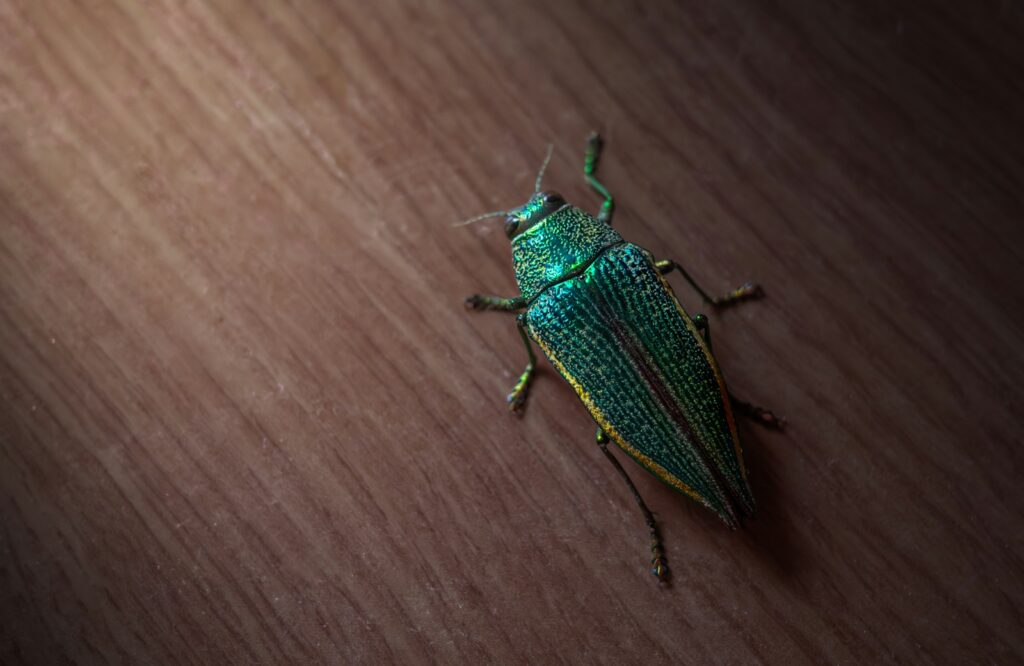
Jewel beetles, scientifically known as Buprestidae, comprise a family of beetles renowned for their spectacular metallic coloration. With over 15,000 known species distributed across the globe, these insects represent one of the largest beetle families in existence. Their stunning appearance results from the unique structure of their exoskeletons, which contain multiple layers that reflect light at different wavelengths, creating the brilliant iridescent effect that gives them their name. These magnificent insects can be found on every continent except Antarctica, thriving particularly in tropical and subtropical regions where their vibrant colors blend with the lush vegetation. Their lineage dates back approximately 145 million years, making them successful survivors who have witnessed the rise and fall of dinosaurs while maintaining their jewel-like allure throughout evolutionary history.
The Science Behind Their Spectacular Colors

The mesmerizing colors of jewel beetles aren’t created by pigments but instead result from a complex physical phenomenon called structural coloration. Their exoskeletons contain microscopic layers of chitin arranged in precise patterns that interact with light through interference, diffraction, and reflection. When light strikes these multilayered surfaces, certain wavelengths are amplified while others are canceled out, producing the vivid metallic hues that seem to shift and change depending on the viewing angle. Remarkably, this coloration never fades over time, unlike pigment-based colors, which is why jewel beetle specimens in museums maintain their brilliance even centuries after collection. Scientists have studied these structural properties extensively, seeking to replicate their light-manipulating capabilities in everything from cosmetics to security features on currency. Some species, like those in the genus Chrysochroa, can reflect such perfect color that they appear to be crafted from polished metal rather than biological material.
Deadly Chemical Defenses Hidden Within

Despite their beautiful appearance, jewel beetles come equipped with sophisticated chemical defense mechanisms that make them unpalatable or even toxic to potential predators. Many species contain compounds like cyanogenic glycosides, which can release hydrogen cyanide when the beetle’s body is crushed or damaged. This potent defense strategy ensures that any predator foolish enough to attack these beetles might pay with severe illness or death. Other jewel beetle species produce quinones, phenolic compounds, and various alkaloids that cause extreme irritation, vomiting, or neurological effects in vertebrate predators. The concentration of these toxins can vary among species, with some forest-dwelling varieties possessing particularly potent chemical arsenals that birds and mammals quickly learn to avoid. These defense compounds aren’t manufactured from scratch but are often sequestered from the plants the beetles feed on during their larval stages, demonstrating a remarkable adaptive strategy that converts their food sources into protection.
Masters of Mimicry and Deception
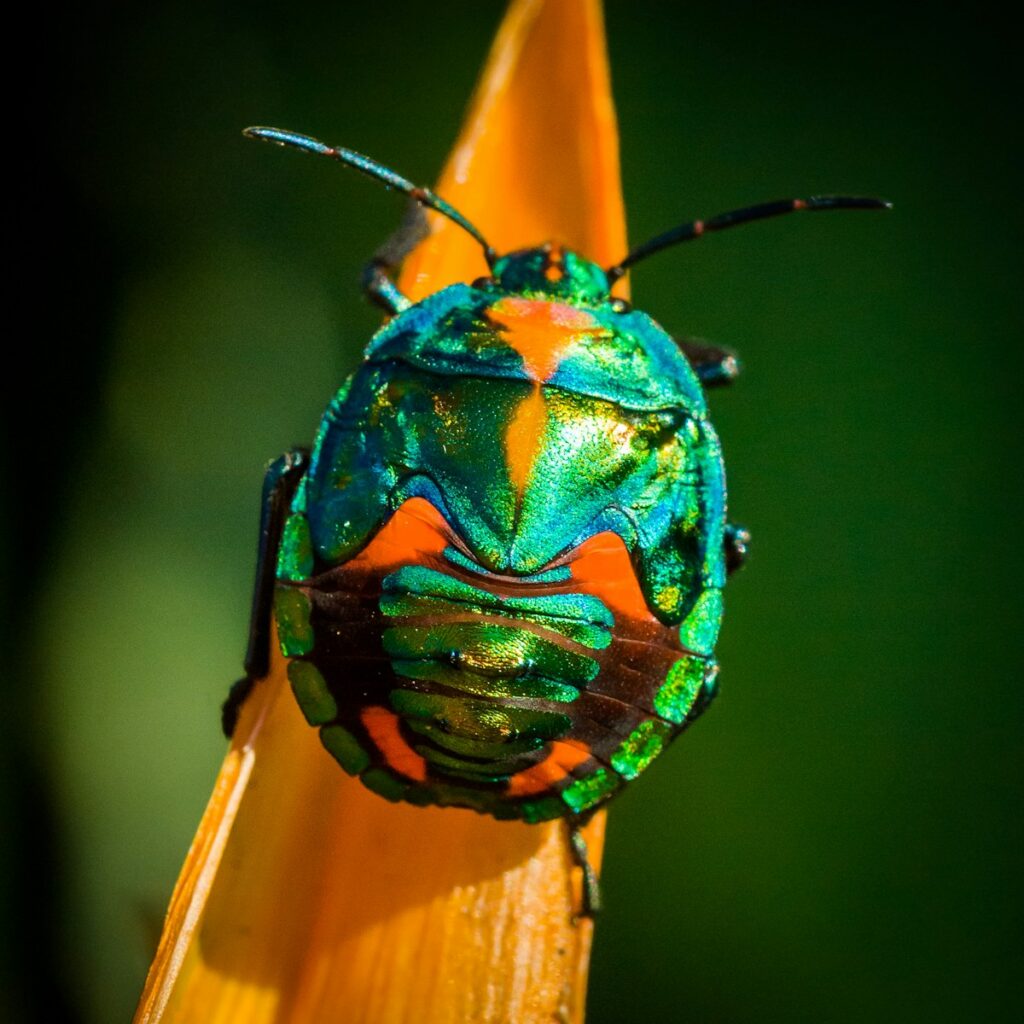
Beyond their chemical defenses, many jewel beetles have evolved sophisticated mimicry strategies that provide an additional layer of protection. Some species have body patterns and shapes that closely resemble wasps or other stinging insects, deterring predators through false association with painful encounters. Other jewel beetles display warning coloration (aposematism) that advertises their toxicity through bright patterns that predators learn to recognize and avoid after unpleasant experiences. Particularly fascinating are those species that mimic inedible objects like bird droppings or plant parts, becoming virtually invisible to predators searching for insect prey. The emerald ash borer, an invasive jewel beetle species, possesses coloration so similar to certain leaf structures that it can remain hidden in plain sight while devastating ash tree populations. These varied mimicry strategies demonstrate the evolutionary arms race between the beetles and their predators, with deception serving as a critical survival tactic alongside their chemical defenses.
The Formidable Physical Armor
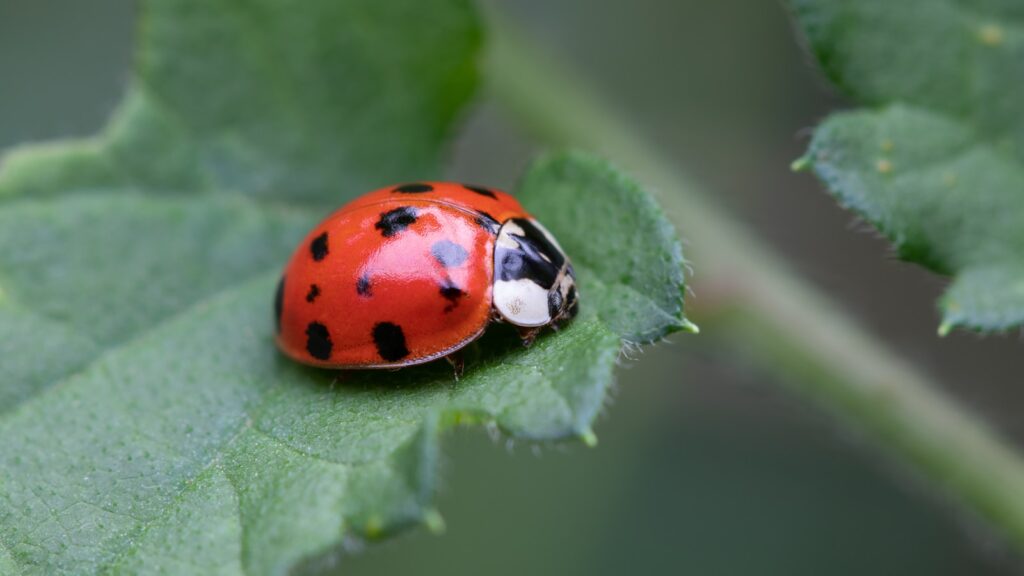
The jewel beetle’s exoskeleton serves as more than just a beautiful exterior—it functions as formidable body armor that provides exceptional physical protection. This hardened cuticle is reinforced with cross-linked proteins and chitin fibers arranged in a complex lattice structure that creates remarkable strength while maintaining flexibility. Some species have evolved exoskeletons so dense and resilient that they can withstand significant pressure, making them difficult for smaller predators to crush or penetrate with beaks or mandibles. The structure of their wing cases (elytra) often includes microscopic ridges and protuberances that can damage the mouthparts of attackers, adding an additional defensive element to their already impressive armor. Researchers studying biomimetic materials have drawn inspiration from the jewel beetle’s exoskeleton design, which achieves maximum protection with minimal weight—a balance that modern engineers strive to replicate in protective gear and vehicle components.
Deadly Consequences for Predators
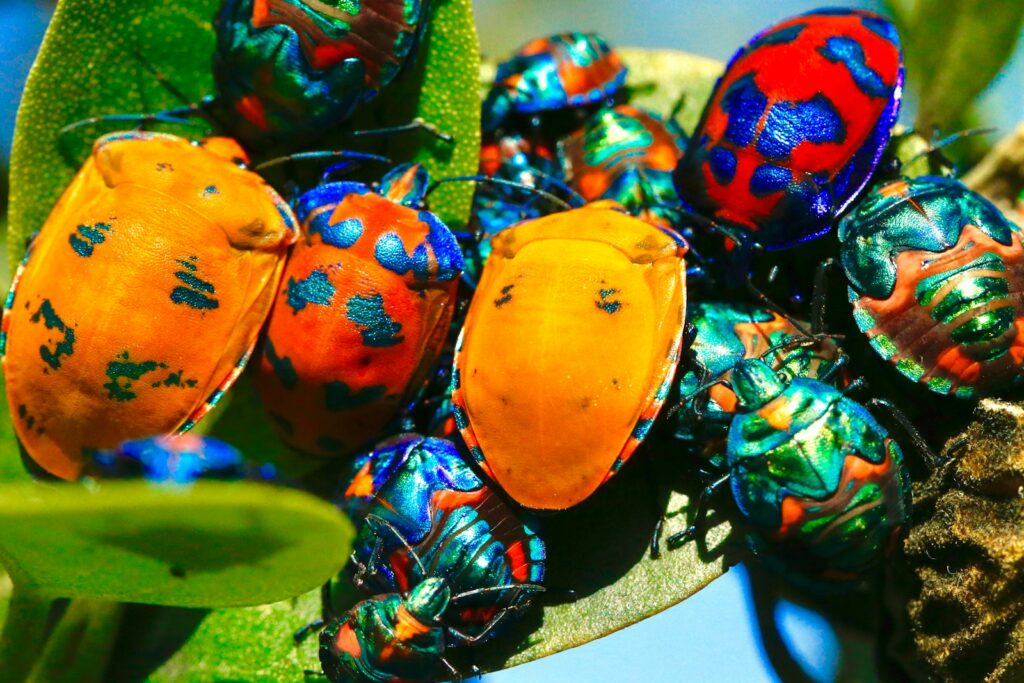
The defensive capabilities of jewel beetles can have severe or even fatal consequences for unwary predators. Birds that consume toxic jewel beetle species may experience immediate symptoms ranging from excessive salivation and vomiting to neurological impairment affecting their flight coordination and ability to escape from their own predators. Small mammals like shrews or rodents that attempt to feed on jewel beetles often suffer digestive distress severe enough to cause lasting aversion to similarly colored insects. In some documented cases, reptile predators have died after consuming particularly toxic jewel beetle species, their digestive tracts damaged by the concentrated defensive compounds. Even insectivorous predators with specialized adaptations for consuming beetles, such as certain woodpeckers, have been observed rejecting jewel beetles after initial sampling, suggesting that their defensive chemistry overrides even specialized predator adaptations. These sometimes deadly consequences for predators have ensured that many jewel beetle species can display their brilliant colors without fear, as local predator populations quickly learn to associate their distinctive appearance with negative experiences.
The Unexpected Parasitic Defense
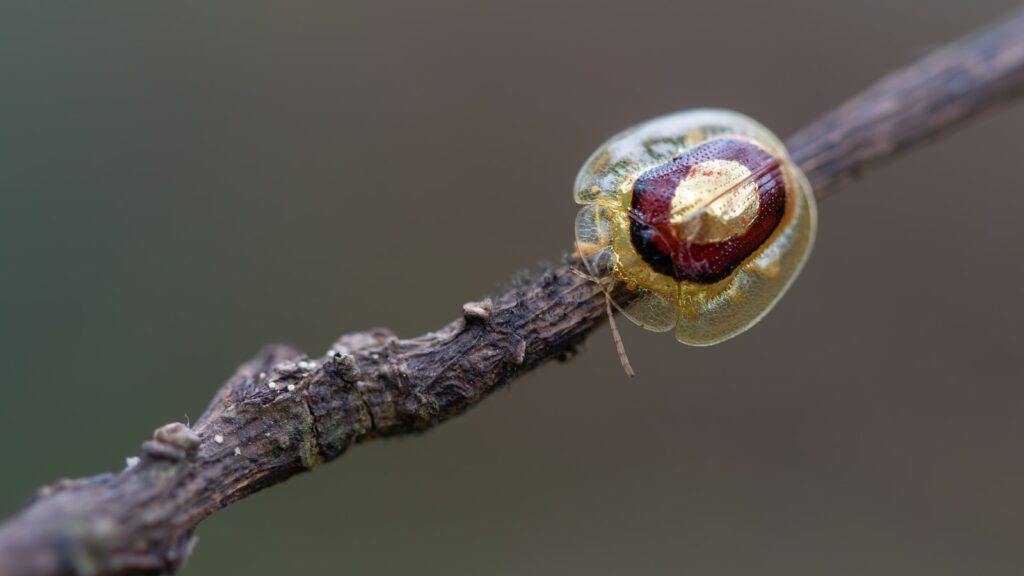
Some jewel beetle species employ a particularly insidious form of defense through parasitism of their predators. These beetles harbor microscopic parasites or pathogenic microorganisms that remain dormant within their bodies but become activated when consumed. Upon ingestion by a predator, these organisms can establish themselves in the predator’s digestive system or bloodstream, causing chronic health issues that may affect the animal long after the initial encounter. Certain tropical jewel beetle species carry nematodes that can infect birds, creating a powerful deterrent when local bird populations learn to associate these beetles with subsequent illness. The relationship between these beetles and their microbial passengers represents a sophisticated co-evolutionary strategy where both organisms benefit—the microbes gain transmission to new hosts while the beetles gain protection. Researchers studying these relationships have identified several previously unknown pathogen species, suggesting that jewel beetles may serve as important reservoirs for microbial diversity that remains largely unexplored.
Masters of Environmental Toxin Sequestration
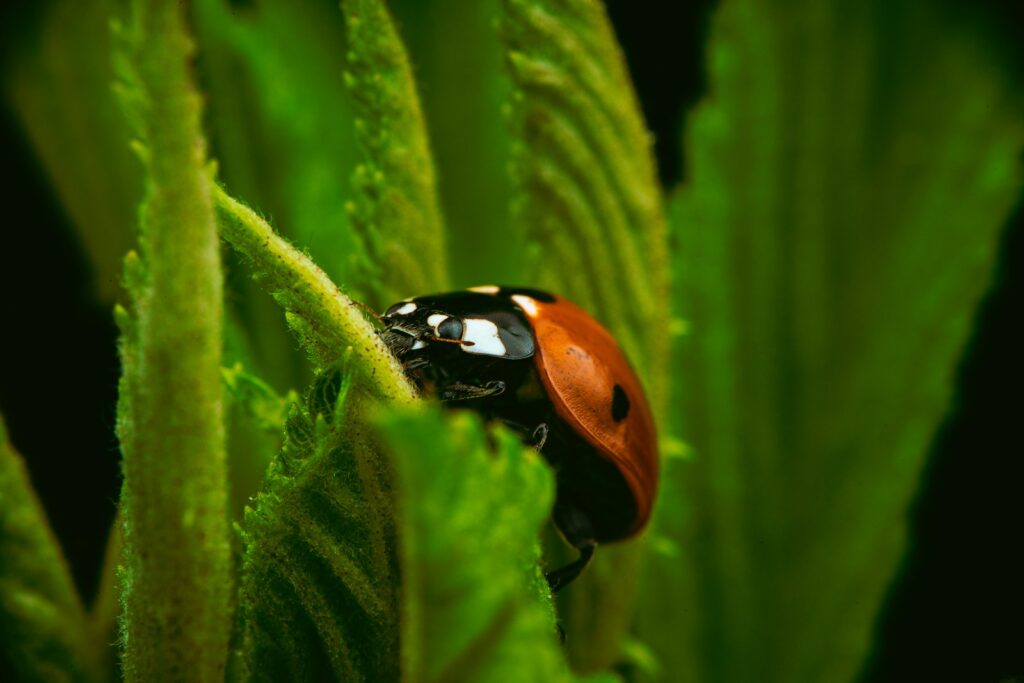
One of the most remarkable defensive capabilities of jewel beetles is their ability to sequester toxins from their environment and incorporate them into their own defensive systems. As larvae, many jewel beetle species feed on plants containing compounds toxic to vertebrates, systematically accumulating these chemicals in specialized storage tissues without harming themselves. This bioaccumulation continues throughout their development, resulting in adult beetles that contain concentrated doses of plant toxins far more potent than those found in their food sources. Some species feeding on plants from the Asteraceae family can accumulate pyrrolizidine alkaloids that cause liver damage in vertebrates, while others consuming cyanogenic plants store precursors that produce hydrogen cyanide when their tissues are damaged. The beetle’s metabolism often modifies these sequestered compounds, creating derivatives that are even more toxic than the original plant chemicals. This chemical appropriation represents an energy-efficient defense strategy, as the beetles don’t need to synthesize complex toxins themselves but instead “borrow” them from their botanical hosts.
The Role of Ultrasonic Defenses
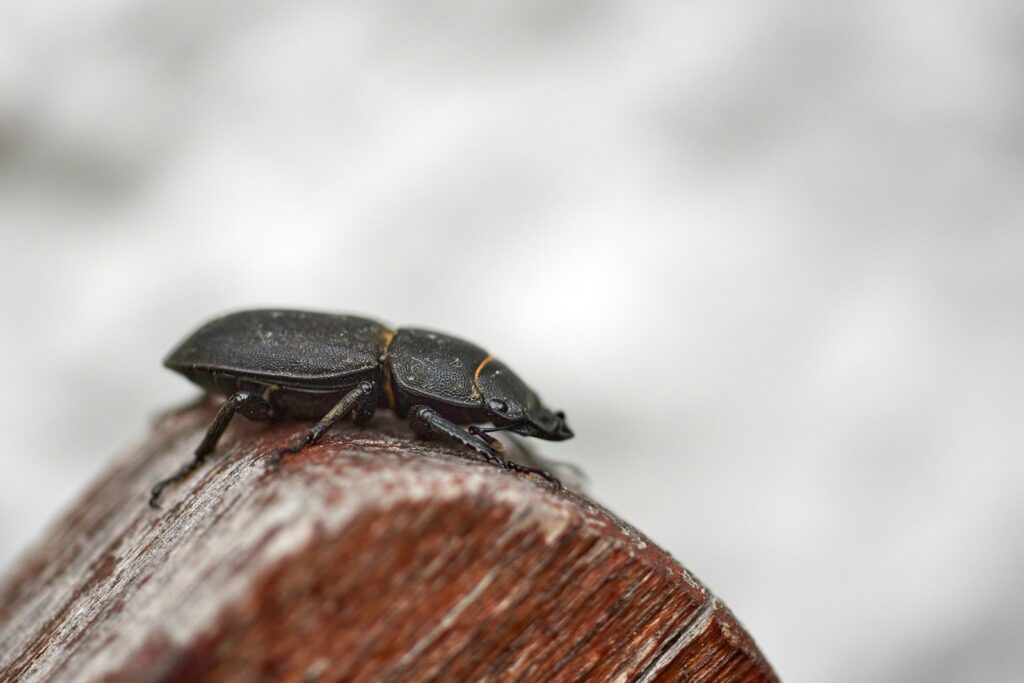
Recent research has uncovered another surprising defensive mechanism in certain jewel beetle species: the ability to detect and respond to ultrasonic signals produced by predators such as bats. These beetles possess specialized tympanal organs capable of detecting high-frequency sound waves emitted during bat echolocation. When they detect these signals, the beetles can initiate emergency evasive maneuvers, including rapid changes in flight direction or even shutting their wings to drop from the air immediately. Some jewel beetle species have developed the ability to produce their own ultrasonic clicks that may function to jam bat echolocation or potentially warn the bats about their toxic nature. This acoustic defense system represents a sophisticated adaptation to nocturnal predation pressure and demonstrates the multifaceted nature of jewel beetle defensive strategies. Scientists studying these acoustic interactions have discovered that different jewel beetle species show varying sensitivity to different ultrasonic frequencies, suggesting specialized adaptations to local bat predator species.
Cultural Significance and Human Interactions
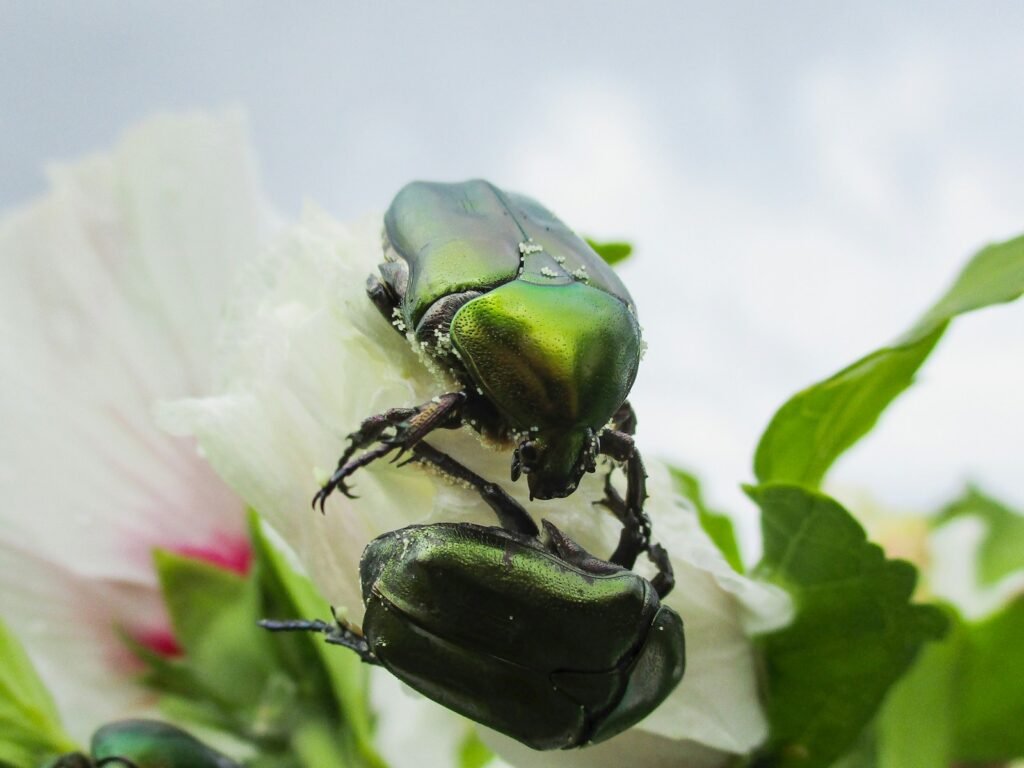
Throughout human history, the dazzling appearance of jewel beetles has earned them significant cultural importance despite their defensive toxicity. Many indigenous cultures incorporated jewel beetle elytra into ceremonial regalia and artwork, with the iridescent wing cases sewn into textiles or used as natural sequins in decorative objects. In ancient Egypt, jewel beetles were considered symbols of rebirth and resurrection, with beetle imagery appearing in numerous funerary contexts and jewelry designs. However, this human fascination has also led to harmful outcomes for certain jewel beetle species, with over-collection threatening some populations as their shells are harvested for decorative purposes. The cultural significance extends to agricultural communities as well, where farmers have developed traditional knowledge about which jewel beetle species indicate toxicity in plants or serve as harbingers of environmental changes. This dual relationship—admiration for their beauty alongside respect for their defensive capabilities—characterizes humanity’s long history with these remarkable insects.
Evolutionary Arms Race with Predators
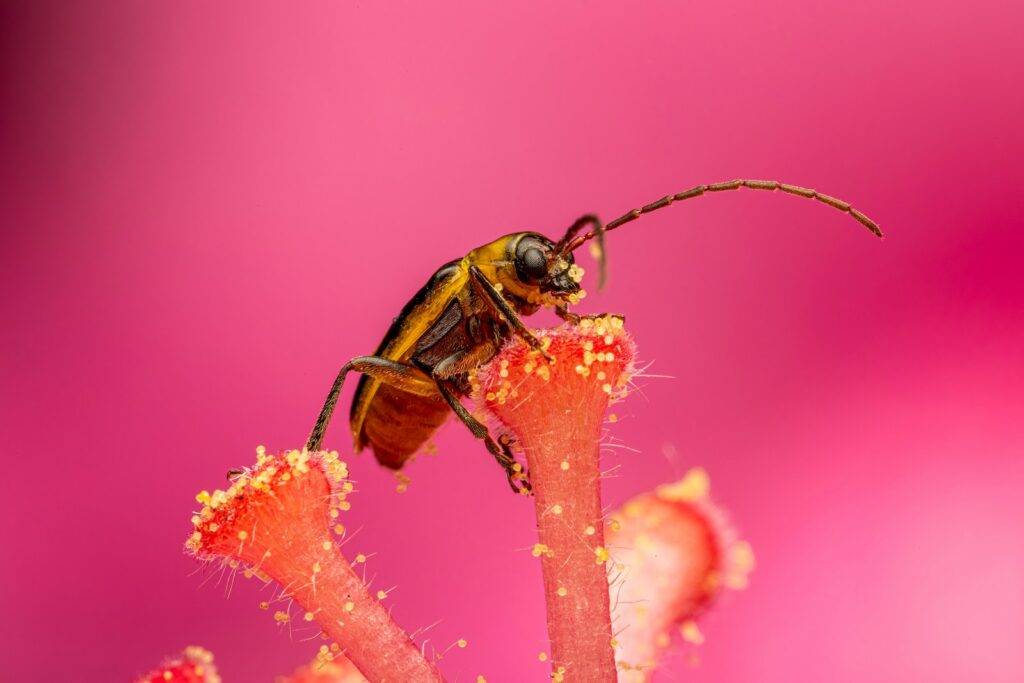
The defensive capabilities of jewel beetles represent millions of years of evolutionary adaptations in response to predator pressure. This ongoing arms race has driven the development of increasingly sophisticated defenses matched by equally specialized predator countermeasures. Some bird species have evolved specialized digestive enzymes that can neutralize jewel beetle toxins, while certain reptiles have developed behavioral adaptations like careful dismemberment techniques that minimize exposure to the beetles’ chemical defenses. The beetle’s response to these counteradaptations includes increased toxicity, more complex chemical cocktails with multiple toxic compounds, and enhanced physical defenses like thicker exoskeletons or spines. Particularly fascinating is evidence suggesting that jewel beetles can adjust their defensive chemistry based on environmental conditions, producing different toxic compounds depending on which predators are most abundant in their habitat. This dynamic evolutionary relationship has contributed to the remarkable diversity within the Buprestidae family, with specialized defensive adaptations appearing in different lineages independently as they adapted to local predation pressures.
Conservation Challenges and Ecological Importance
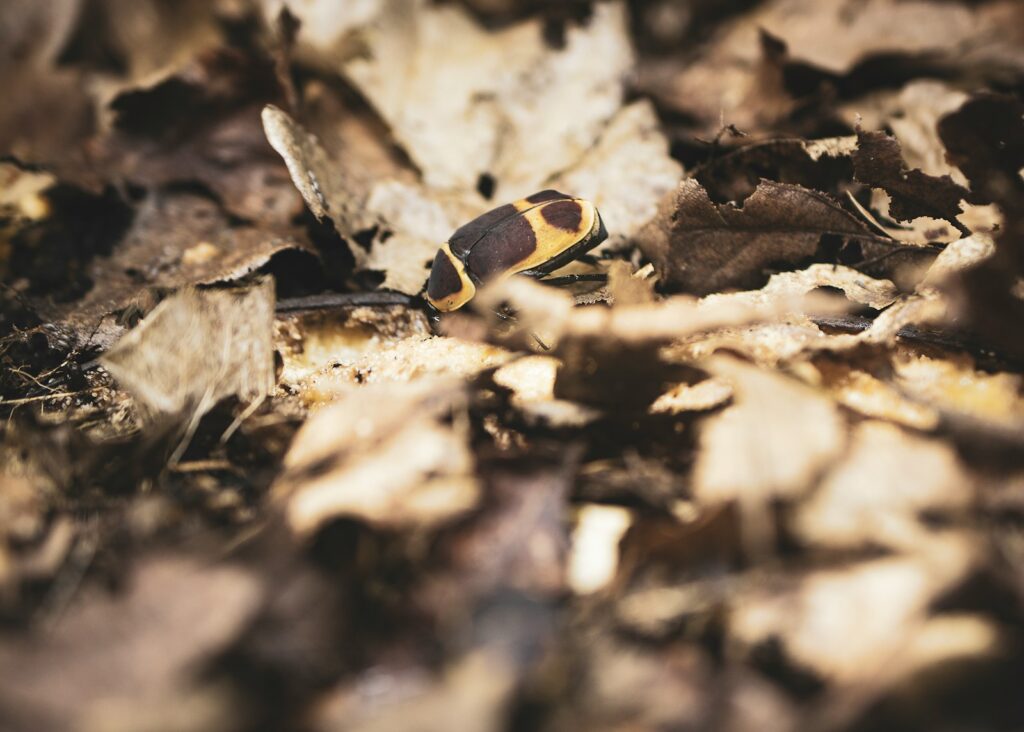
Despite their formidable defenses, many jewel beetle species face significant conservation challenges due to habitat destruction and climate change. As specialized feeders often dependent on specific host plants, they are particularly vulnerable to ecological disruption. Their decline can have cascading effects through ecosystems, as jewel beetles serve as important pollinators for certain plant species and provide a food source for specialized predators that have evolved countermeasures to their defenses. The toxins that jewel beetles sequester and metabolize play important roles in nutrient cycling within forest ecosystems, as they transform plant defensive compounds into modified forms with different ecological functions. Conservation efforts targeted at jewel beetles often focus on habitat preservation and restoration of native plant communities that support their complex life cycles. Several species now appear on conservation watchlists, highlighting the urgent need to protect these living gems despite—or perhaps because of—their deadly defenses that have evolved over millions of years.
The Future of Jewel Beetle Research

The unique combination of beauty and toxicity found in jewel beetles continues to inspire scientific research across multiple disciplines. Biomaterial scientists study their exoskeleton structure to develop new photonic materials that can produce color without pigments, potentially revolutionizing industries from textiles to electronics. Pharmacologists investigate jewel beetle defensive compounds for potential medicinal applications, with several beetle-derived molecules showing promise as antibacterial or anti-cancer agents. Evolutionary biologists use jewel beetles as model systems for studying warning coloration, mimicry, and predator-prey coevolution, shedding light on fundamental processes that shape biodiversity. Emerging technologies like genomic sequencing are revealing the genetic underpinnings of jewel beetle defenses, identifying the genes responsible for toxin sequestration and structural coloration. As climate change alters ecosystems worldwide, researchers are also monitoring how jewel beetle ranges and defensive capabilities might shift in response to changing environmental conditions, providing insight into adaptation processes in real-time.
Conclusion
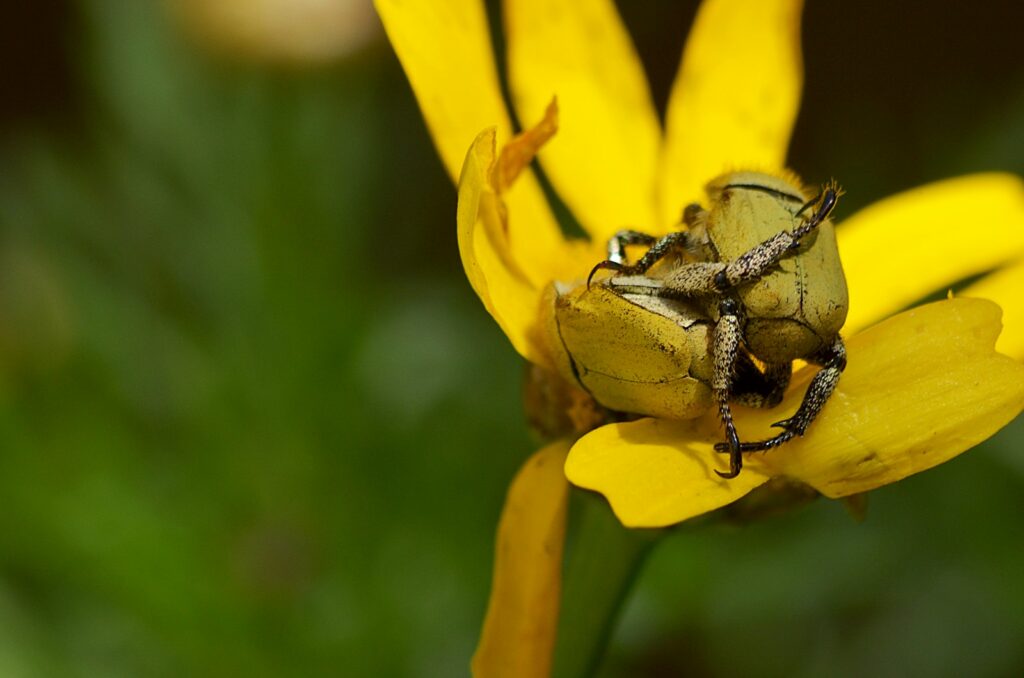
The jewel beetle stands as a perfect embodiment of nature’s complexity—a creature whose stunning beauty serves as advertisement for its deadly defenses. From their microscopic structural coloration to their sophisticated chemical arsenals, these insects demonstrate how evolutionary processes can produce organisms of both remarkable aesthetic appeal and formidable protective capability. As we continue to study these living jewels, we gain not only scientific knowledge but also a deeper appreciation for the intricate balance between attraction and protection in the natural world. Whether admired in museum collections for their unchanging brilliance or observed in forests displaying their defensive behaviors, jewel beetles remind us that in nature, beauty and danger often exist not as contradictions but as complementary aspects of successful survival strategies shaped by millions of years of evolution.

